Farabeuf Lambotte Bone Holding Orthopedic Surgical Instruments
Farabeuf Lambotte bone-holding instruments, renowned for their reliability, functionality, and versatility. These tools are integral to procedures involving fracture stabilization, bone alignment, and fixation.
Category: BONE HOLDING, CUTTING FORCEPS AND BONE RONGEURS
Tags: BoneForceps, BoneHoldingClamp, BoneHoldingForceps, BoneHoldingInstrument, BoneSurgeryTools, KernBoneHoldingForceps, MedicalForcepsSurgical, MedicalTools, OrthopedicForceps, OrthopedicInstruments, OrthopedicSurgery, OrthopedicTools, PrecisionForceps, RatchetForceps, SurgicalClamps, SurgicalEquipment, SurgicalForceps, SurgicalInstruments, SurgicalSupplies
Description
Farabeuf Lambotte Bone Holding Orthopedic Surgical Instruments
Orthopedic surgeries often require precision tools to ensure successful outcomes and optimal patient recovery. Among the most essential instruments used in bone surgeries are Farabeuf Lambotte bone-holding instruments, renowned for their reliability, functionality, and versatility. These tools are integral to procedures involving fracture stabilization, bone alignment, and fixation.
Design and Features
The Farabeuf Lambotte bone-holding instrument is uniquely engineered for orthopedic use. It is a specialized clamp designed to securely hold bones during surgical procedures. Its design ensures both stability and minimal risk of slippage, even under challenging conditions.
Key features of this instrument include:
- Ergonomic Handles
The handles are designed for a firm grip, ensuring the surgeon can maintain control with precision and ease during procedures. They often feature a ratcheted locking mechanism, allowing surgeons to lock the instrument in place when necessary. - Robust Construction
Crafted from high-quality surgical-grade stainless steel, the Farabeuf Lambotte is both durable and corrosion-resistant. This ensures its longevity, even after repeated sterilization and use in demanding surgical environments. - Jaws for Secure Grip
The jaws are crafted to provide a strong, secure hold on bones without causing undue damage. Their design ensures that the instrument can accommodate various bone sizes and shapes, making it versatile for multiple surgical applications.
Applications in Orthopedic Surgery
Farabeuf Lambotte bone-holding instruments are widely used in several types of orthopedic procedures. These include:
- Fracture Stabilization
During fracture repair, these instruments help align and stabilize bone fragments, allowing the surgeon to work with precision. They are particularly useful in procedures involving long bones such as the femur or tibia. - Bone Grafting Procedures
In surgeries requiring bone grafts, the Farabeuf Lambotte instrument is used to hold the graft securely in place during preparation and fixation. - Osteotomies
During bone-cutting procedures, these tools are invaluable in maintaining steady control over bone segments, ensuring accurate cuts and alignment. - Fixation Device Application
When applying fixation devices such as plates, screws, or wires, the instrument holds the bone securely to allow accurate placement of the hardware.
Advantages in Surgical Use
Using the Farabeuf Lambotte bone-holding instrument offers several advantages:
- Enhanced Surgical Precision
Its secure grip minimizes the risk of bone movement, allowing surgeons to perform delicate maneuvers with confidence. - Improved Patient Outcomes
By ensuring stable bone alignment, these instruments contribute to better healing and faster recovery for patients. - Ease of Use
The instrument’s design prioritizes the surgeon’s comfort, reducing hand fatigue during prolonged procedures. - Sterility and Reusability
Surgical-grade stainless steel ensures that the instrument is easy to clean, sterilize, and reuse without compromising its integrity.
Maintenance and Care
To ensure the longevity and performance of Farabeuf Lambotte bone-holding instruments, proper care and maintenance are crucial. Guidelines include:
- Thorough Cleaning
Immediately after use, the instrument should be cleaned to remove blood, tissue, and other contaminants. Use enzymatic cleaners for effective debris removal. - Sterilization
Autoclaving is the standard method for sterilizing surgical instruments. Ensure the instrument is completely dry before storage to prevent rust. - Inspection
Regularly inspect the instrument for signs of wear or damage, such as loose joints or dull jaws, and replace if necessary. - Proper Storage
Store the instrument in a dry, clean environment to protect it from moisture and dust.
Conclusion
The Farabeuf Lambotte bone-holding orthopedic surgical instrument is a cornerstone of modern orthopedic surgery. Its ergonomic design, durability, and functionality make it indispensable for a wide range of procedures. By investing in high-quality surgical instruments and adhering to proper maintenance protocols, healthcare providers can ensure superior surgical outcomes and patient care.
Reviews (0)
Be the first to review “Farabeuf Lambotte Bone Holding Orthopedic Surgical Instruments” Cancel reply
Shipping & Delivery


MAECENAS IACULIS
Vestibulum curae torquent diam diam commodo parturient penatibus nunc dui adipiscing convallis bulum parturient suspendisse parturient a.Parturient in parturient scelerisque nibh lectus quam a natoque adipiscing a vestibulum hendrerit et pharetra fames nunc natoque dui.
ADIPISCING CONVALLIS BULUM
- Vestibulum penatibus nunc dui adipiscing convallis bulum parturient suspendisse.
- Abitur parturient praesent lectus quam a natoque adipiscing a vestibulum hendre.
- Diam parturient dictumst parturient scelerisque nibh lectus.
Scelerisque adipiscing bibendum sem vestibulum et in a a a purus lectus faucibus lobortis tincidunt purus lectus nisl class eros.Condimentum a et ullamcorper dictumst mus et tristique elementum nam inceptos hac parturient scelerisque vestibulum amet elit ut volutpat.
Related products
Blumenthal Bone Rongeurs 16 Cm
Castleimpexx Manufacturing and Supplying Excellent Quality Bone Holding, Cutting Forceps and Bone Rongeurs, such as Adon Bone Ronguers, Beyer Bone Ronguers, Echlin Bone Ronguers, Gerster Lowman Bone Holder 18 Cm, Gerster Lowman Bone Holder 18 Cm, Geiger Bone Ronguers, Hartmann Bone Rongurers, Jansen Bone Ronguers, Kern Bone Holding Forceps, Lane Bone Holding Forceps, Listen Bone Cutting Forceps Angular, Leksell Bone Rongeurs, Luer Bone Ronguers, Ruskin Bone Ronguers, Stille Bone Ronguers, Ulrich Bone Holding Forceps, Van Buren Bone Holding Forceps and Wish Bone Holding Forceps.
Bone Holding Forceps Surgical Orthopedic Instruments
Bone Holding Forceps: Essential orthopedic surgical tools designed for securely grasping and manipulating bone fragments during procedures like fracture fixation and joint reconstruction. Made from durable stainless steel, these forceps ensure precise control and stability, aiding surgeons in achieving optimal bone alignment for successful surgeries.
Double-action Joint Bone Cutter Bone Cutting Forceps Orthopedic Surgery Instrument Veterinary Equipment
Echlin Bone Rongeurs 23cm
Castleimpexx Manufacturing and Supplying Excellent Quality Bone Holding, Cutting Forceps and Bone Rongeurs, such as Adon Bone Ronguers, Beyer Bone Ronguers, Echlin Bone Ronguers, Gerster Lowman Bone Holder 18 Cm, Gerster Lowman Bone Holder 18 Cm, Geiger Bone Ronguers, Hartmann Bone Rongurers, Jansen Bone Ronguers, Kern Bone Holding Forceps, Lane Bone Holding Forceps, Listen Bone Cutting Forceps Angular, Leksell Bone Rongeurs, Luer Bone Ronguers, Ruskin Bone Ronguers, Stille Bone Ronguers, Ulrich Bone Holding Forceps, Van Buren Bone Holding Forceps and Wish Bone Holding Forceps.

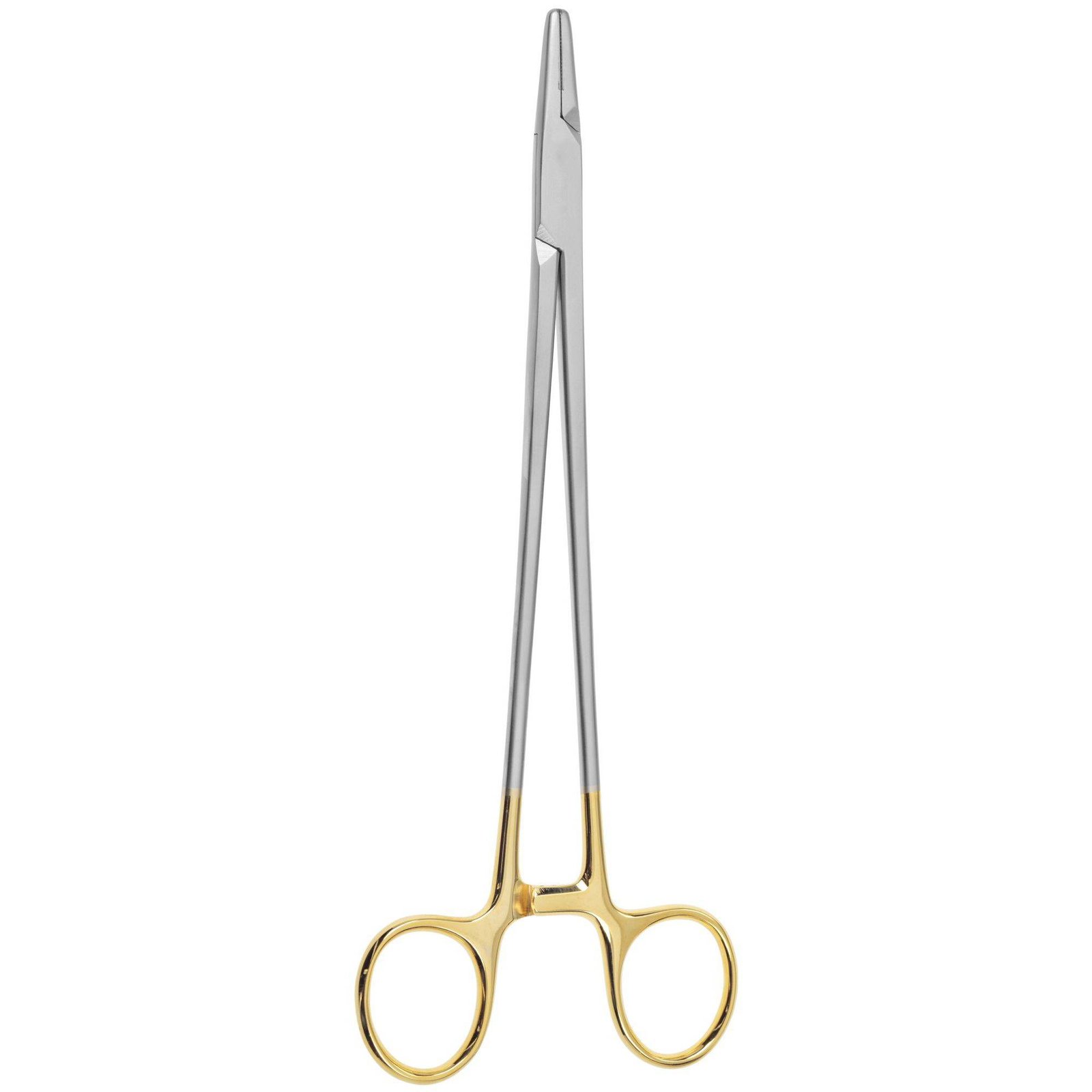
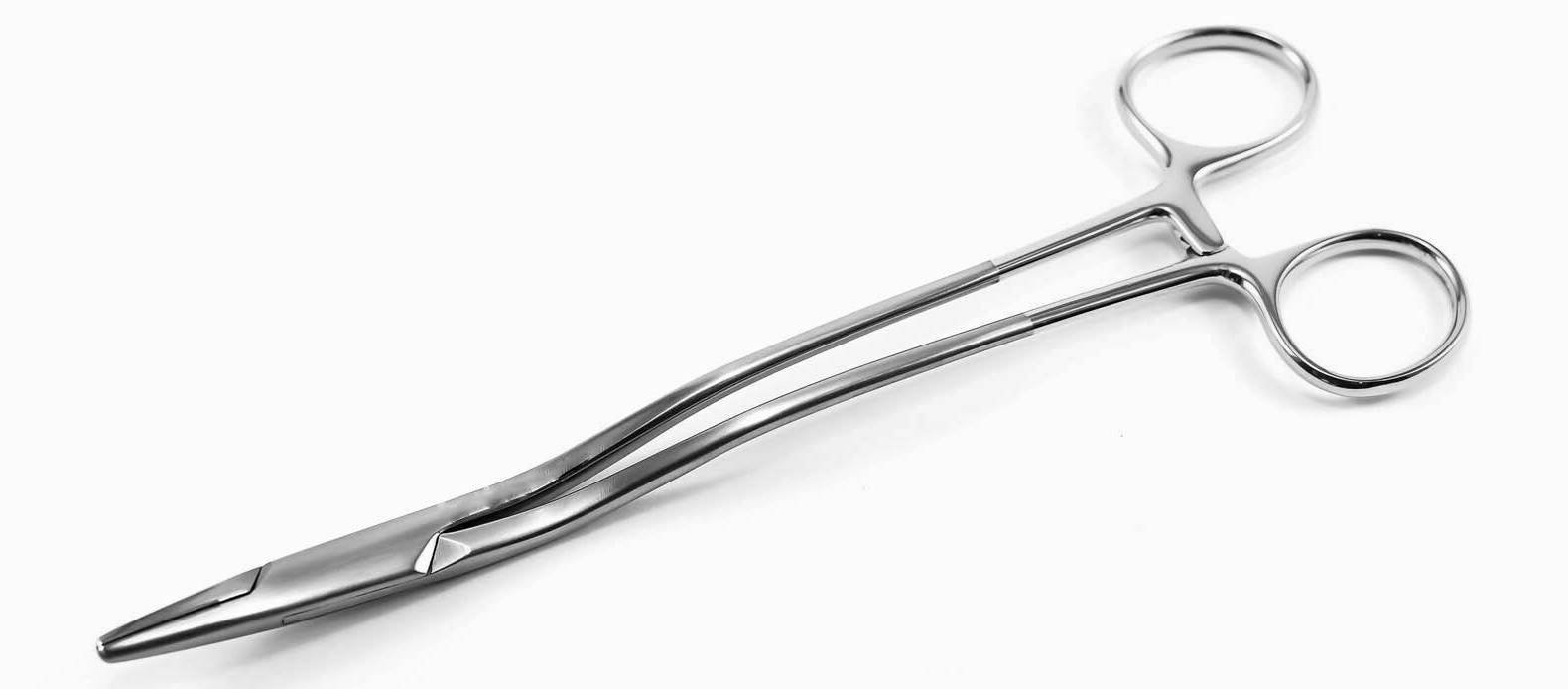
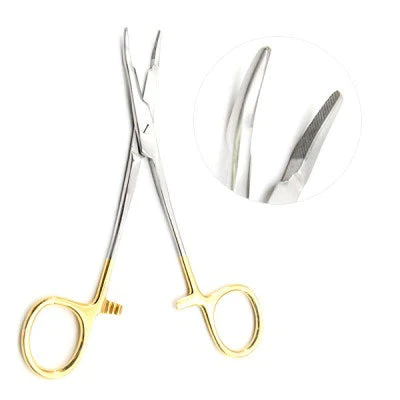

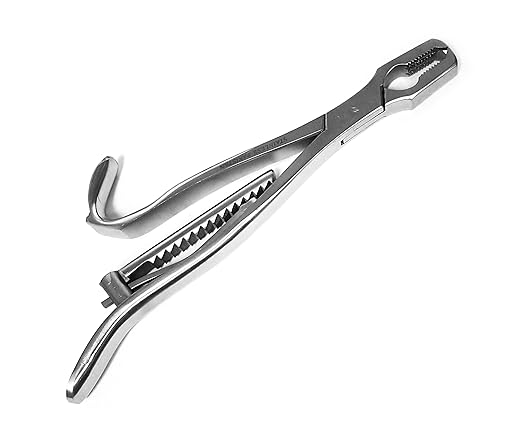











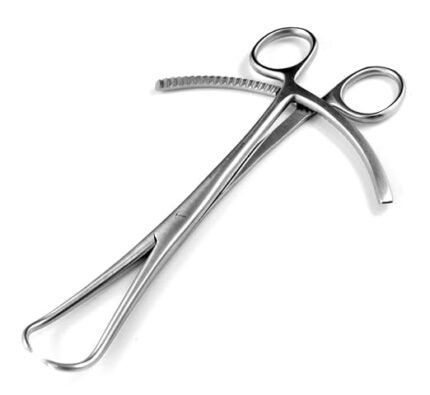

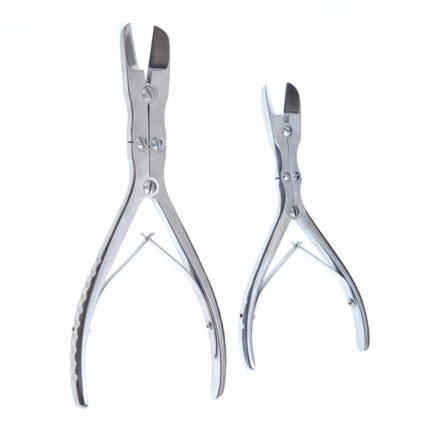

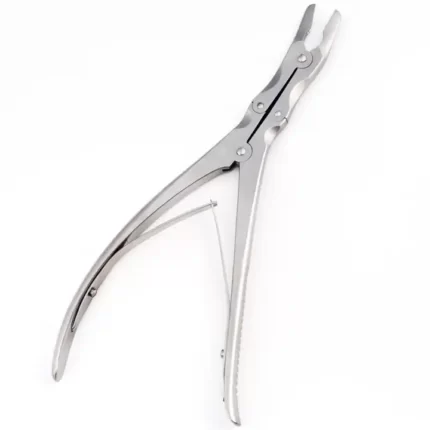
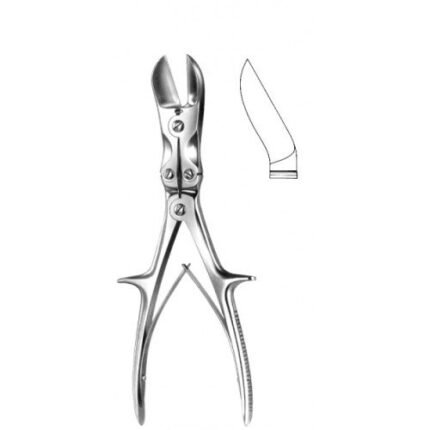

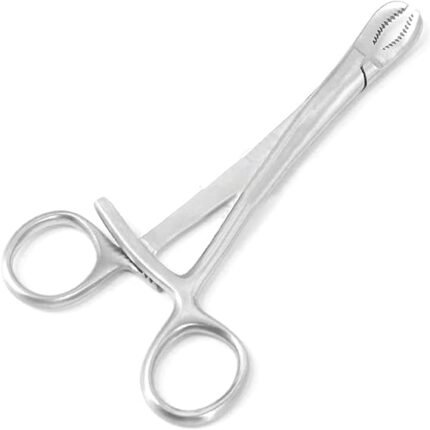

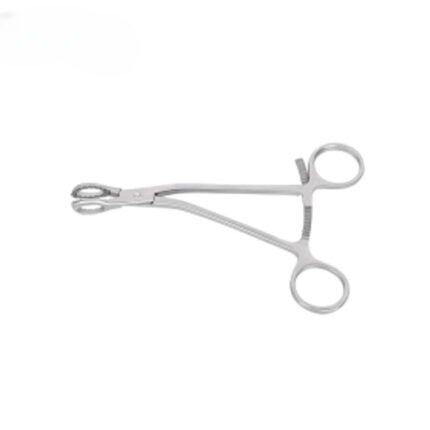

Reviews
There are no reviews yet.